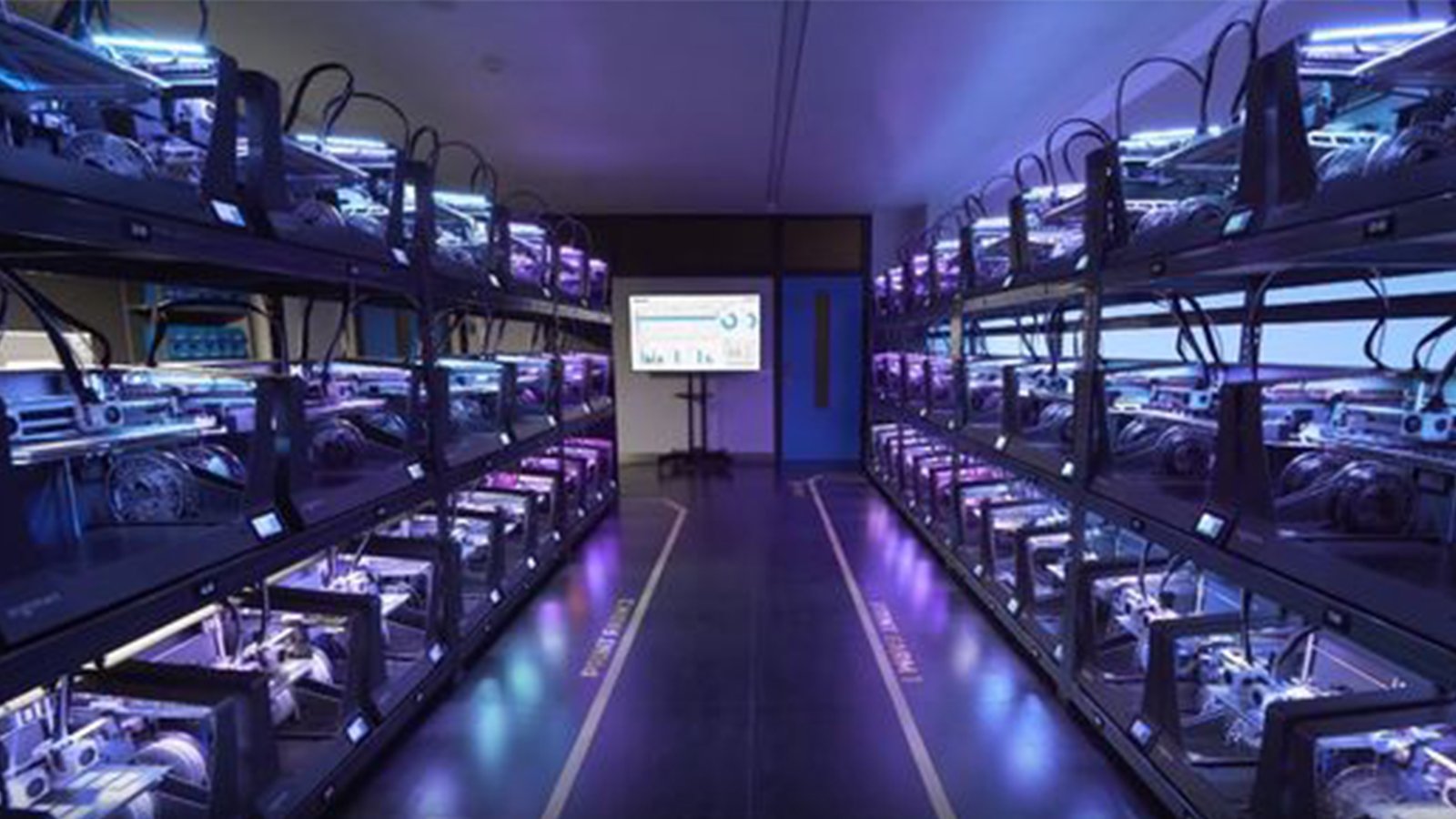3D Printing Farms: Unlocking Growth, Innovation, and Profitability with Agile Technology

Did you know that agriculture, one of the oldest occupations in human history, has evolved into a diverse array of technological endeavours? From cultivating grains and cotton to manufacturing spectacle frames and space shuttles, the modern world has transformed farming into an innovative venture known as the 3D Printing Farm.
What is a 3D Printing Farm?
Similar to a traditional farm cultivating crops, a 3D Printing Farm is a facility equipped with multiple 3D printers capable of producing various products using different 3D printing technologies. Each printer is linked to a computer that sends instructions and files for printing, utilising materials such as thermoplastics, nylon powder, liquid resins, and even mud.
How can businesses thrive and profit from 3D Printing Farms in today’s age?

Agility and Innovation: 3D Printing Farms facilitate agility and innovation in manufacturing. Businesses can produce goods incrementally based on demand forecasts or customized orders, eliminating the need for heavy investments in machinery and infrastructure. By staying agile and adaptive, companies can leverage 3D printing technology to meet changing market demands and accelerate innovation. “They are seeing 3D printing as a way to not only lower costs and go to market faster, but as a unique competitive advantage that accelerates innovation for customers.”, as highlighted by Ramon Pastor, General Manager of HP 3D Printing and Digital Manufacturing, at the Global Innovation Summit in October 2020.
Efficient Bulk Production with Customization: While 3D printing initially served primarily for prototyping, its capabilities have expanded dramatically. Richard D’Aveni in Harvard Business Review’s edition of May 2015 in his article ‘The 3D Printing Revolution’ notes how 100% of all the hearing-aids companies in the US has switched to 3D printing. The entire industry fully embraced 3D printing for mass production, capitalising on its unique ability to combine customisation with bulk manufacturing.
Promoting Local Production and Reducing Imports: 3D printing supports initiatives like “Vocal for Local” by encouraging local production, thereby increasing domestic employment and income levels. Additionally, reducing reliance on imports, particularly from countries like China, strengthens economic and strategic autonomy.
A Glimpse into Tessaract’s 3D Printing Farm
Tessaract, renowned for offering top-notch 3D printing services in Mumbai and across India, operates a state-of-the-art facility in Boisar, Maharashtra. With over 100+ 3D printers in its farm and a range of cutting-edge technologies including FFF (Fused Filament Fabrication) or FDM (Fused Deposition Modelling), SLA (Stereolithography), Laser Cutting and Engraving machines, CNC (Computerized Numerical Control) cutting machines and 3D scanning technologies for reverse engineering, Tessaract provides comprehensive solutions for diverse manufacturing needs.
Case Studies:
- Addressing COVID-19 Pandemic: During the early days of the pandemic, Tessaract’s 3D Printing Farm played a crucial role in immediate production of thousands of face shields for frontline workers when traditional factories faced delays in production. This was an eye opener on how 3D technology aids not only businesses but has the capacity to resolve humanitarian issues as well.
- Automotive Sector: Tessaract supported a Bangalore-based company with its innovative business model that charges for rentals according to the kilometers travelled by manufacturing custom 3D-printed casings for rental two-wheelers, showcasing the 3D printing farm’s efficiency and flexibility.
- Corporate Gifting: Leveraging cost-effective production and customization, Tessaract fulfilled bulk orders for corporate gifting items for a leading pharmaceutical company’s employees, highlighting the versatility of its offerings.
Conclusion
As the world embraces the era of modern agriculture through 3D farming, it’s time for businesses to harness the power of innovation and scalability offered by this technology.






